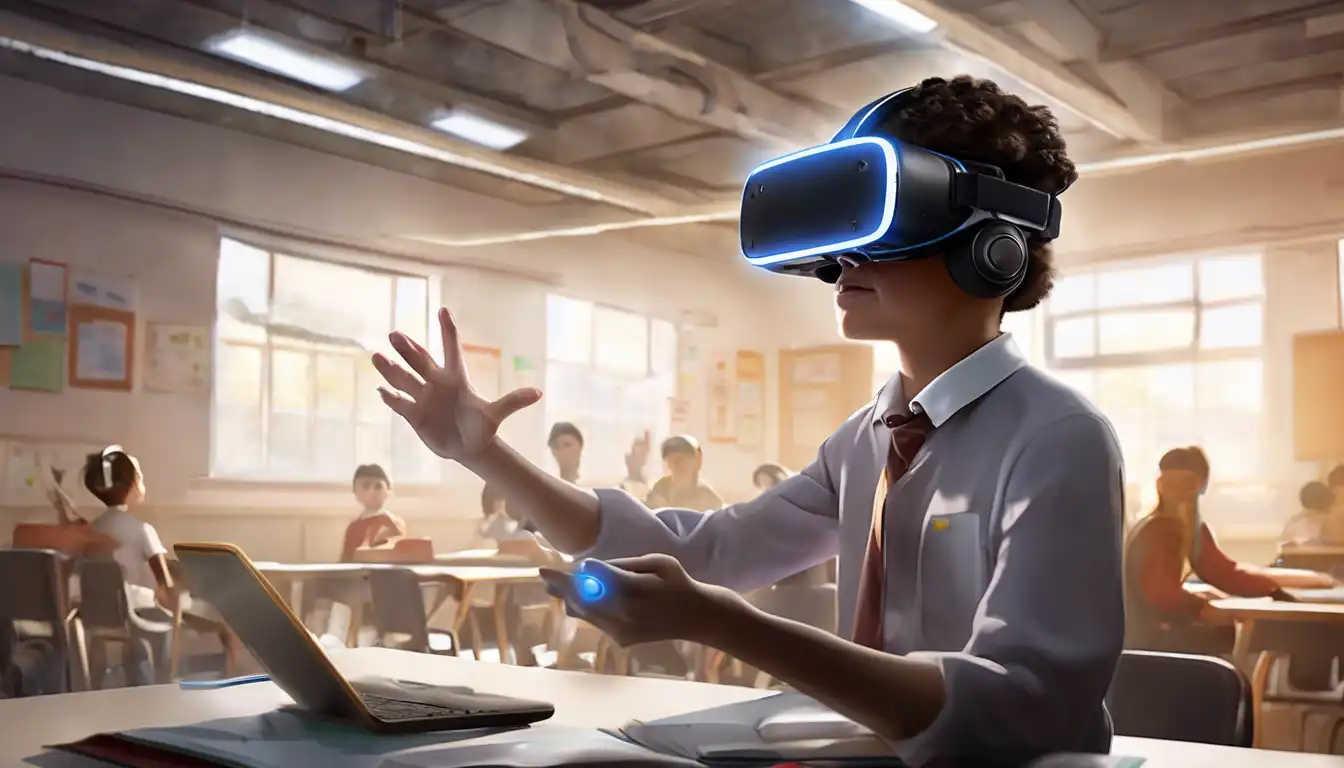The Transformative Impact of Virtual Reality on Learning and Skill Development
Virtual Reality (VR) technology has been making waves across various sectors, but its potential in education and training is particularly noteworthy. By creating immersive, interactive environments, VR offers unparalleled opportunities for experiential learning and skill acquisition. This article delves into how VR is revolutionizing the educational landscape and professional training programs.
Why VR in Education?
VR in education transcends traditional learning methodologies by offering students immersive experiences that were previously unimaginable. From virtual field trips to historical sites to interactive science experiments, VR makes learning more engaging and effective. Studies have shown that VR can enhance retention rates by enabling learners to visualize and interact with complex concepts in a three-dimensional space.
VR in Professional Training
Beyond the classroom, VR is transforming professional training across industries. For instance, medical students can perform virtual surgeries, reducing the risk and cost associated with real-life procedures. Similarly, VR simulations are being used for safety training in high-risk industries, allowing employees to experience hazardous scenarios in a controlled environment. This hands-on approach not only improves learning outcomes but also significantly reduces training costs.
Benefits of VR in Education and Training
- Enhanced Engagement: VR's immersive nature captures learners' attention, making education more interactive and enjoyable.
- Improved Retention: Experiential learning through VR leads to better memory retention and understanding of complex subjects.
- Safe Learning Environment: VR provides a risk-free platform for practicing dangerous or expensive procedures.
- Accessibility: VR can bring distant or inaccessible locations and experiences to learners worldwide.
Challenges and Considerations
Despite its benefits, the integration of VR in education and training faces several challenges. The high cost of VR equipment and the need for technical infrastructure can be prohibitive for some institutions. Additionally, there is a learning curve associated with using VR technology, requiring both educators and students to acquire new skills. However, as technology advances and becomes more affordable, these barriers are expected to diminish.
The Future of VR in Education and Training
The future of VR in education and training looks promising, with ongoing advancements in technology making VR more accessible and effective. As educators and trainers continue to explore its potential, VR is set to become an integral part of learning and professional development. The key to maximizing its impact lies in developing high-quality, curriculum-aligned VR content and ensuring equitable access to this transformative technology.
For more insights into how technology is shaping education, check out our article on The Role of AI in Personalized Learning.
